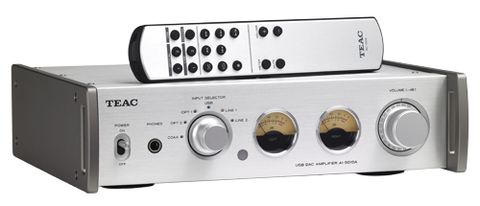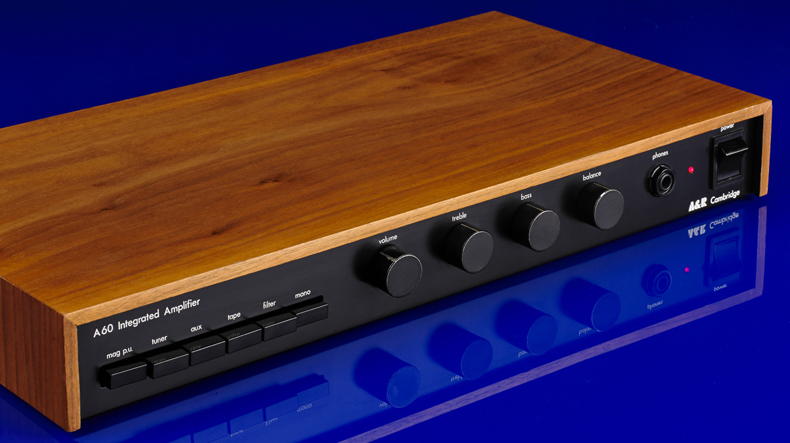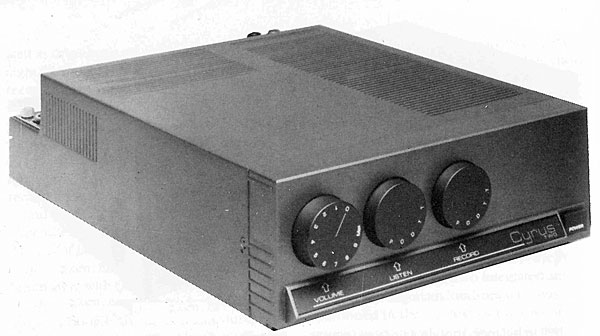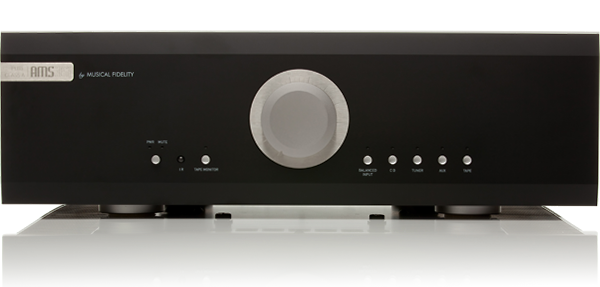Sony CEO Akio Morita travelled to the United States in the early 1960s in an attempt to persuade Americans to listen to little transistor radios, as he relates in his brilliant autobiography Made In Japan. The consumer electronics business in the United States was initially skeptical that anyone would want to listen to something smaller than a sideboard, thus it took him much longer than intended to get his message across. When given the option, however, American purchasers flocked to the concept in droves, and things were never the same again.
It had to be a Japanese manufacturer, because the country’s artisan culture has always prioritized aesthetic and ergonomic purity over sheer bulk. However, it was Aurex, not Sony, that popularized compact stereo systems fifteen years later (Toshiba). Its late-1970s’microsystems’ were stunning, with sound that was just as mature as full-size hi-fi separates. Compact hi-fi took a back seat for a spell, but by the early 1990s, it was back in style, with Denon producing high-quality models, this time with Compact Disc players replacing cassette decks. By the middle of the decade, TEAC had entered the game, and its ‘Reference’ line of tiny separates – which now included MiniDisc decks – had become the industry standard.
Surprisingly, the corporation is back in this industry in earnest after another two decades. The chintzy, 1970s-styled Reference 300 and 500 components, as well as the MD players, are no longer available, and the new 101, 301, and 501 series minicompo (Japanese-English for tiny components) are now available. They’re beautifully neatly styled this time, and they, of course, make use of the most up-to-date technologies. The AI-501 is the company’s flagship micro amplifier, a 4kg product with a stunning brushed metal appearance and plenty of cutting-edge silicon inside.
The Class D design employs ABLETEC’s ALC0180 chips, which are rated at 90W RMS into 4 ohms. These are suitable for a ‘desktop’ amplifier because they run cool and require very little power in comparison to Class AB. Not all Class D chips sound good, according to TEAC, who claims to have tried a lot of them before settling on these Norwegian-designed output devices. For the power supply circuits, they have a toroidal power transformer and Schottky Barrier diodes.
A BurrBrown PCM5102 DAC is also included, which works with the USB, coaxial, and optical digital inputs; the optical input is limited to 24/96 resolution, while the other two provide 24/192. Internal processing is stated to be at a resolution of 32 bits. The amp also has two RCA line inputs, and the power meters, which have adjustable backlighting, depressingly slow ballistics, and are calibrated in dB rather than watts, are a lovely ‘surprise and delight’ feature. Even so, they’re only somewhat effective for determining how near you are to achieving maximum output.
The TEAC is not a cheap amplifier, costing £700. The outstanding build and quality, which even extends to the aluminium volume knob, reflects the price. When the Japanese do something like this, it’s so well done that it makes you wonder why British and American products are so rough around the edges – in short, it’s a delight to use, and even if it sounded average, you’d still feel like you got fantastic value for money.
Fortunately, it also sounds great. I wouldn’t say this amplifier is the best value for money; for example, the Cambridge Audio Azur 651A is a better music creator for half the price, but the AI-501 does just enough acoustically to make you think you’re getting a decent deal. The TEAC isn’t like many other Class D amplifiers in that it’s not dull. Yes, it sounds a little soft and lacks the hear-through clarity you’d expect from its glossy design, but it’s still a musical device with a lot of detail and a pleasant vibe.
It isn’t the most powerful item, but what power it does have is clean all the way to clipping, and there’s little sign of it running out of steam even at full volume. In absolute terms, the bass is a little loose, but it’s always fairly tuneful; the midband is spacious and tidy, with no ugly tone unevenness; and the treble is smooth and couth, if not very atmospheric. Overall, the TEAC is a good, sturdy, and engaging all-rounder — putting it much ahead of most little separates, which are frequently severely hampered. The only real critique is that this amplifier lacks the barrel-chested, strong character that you’d anticipate; it’s a little short on dynamics, giving it a slightly rounded feel that’s never unpleasant, but isn’t quite as punchy as a comparable priced full-size device.
In general, it demonstrates that nice goods may be found in small packages. The built-in DAC is convenient and pleasant to listen to, the headphone driver (through full-size 6.3mm socket) is adequate, and the amp only has a 3.5mm line input for small portable devices such as MP3 players. The tiny TEAC may be a little too niche for some, but others may find it to be the ideal gadget for their study, bedroom, or office, especially when paired with the amazing ultra-compact Monitor Audio Radius 90 loudspeakers.







